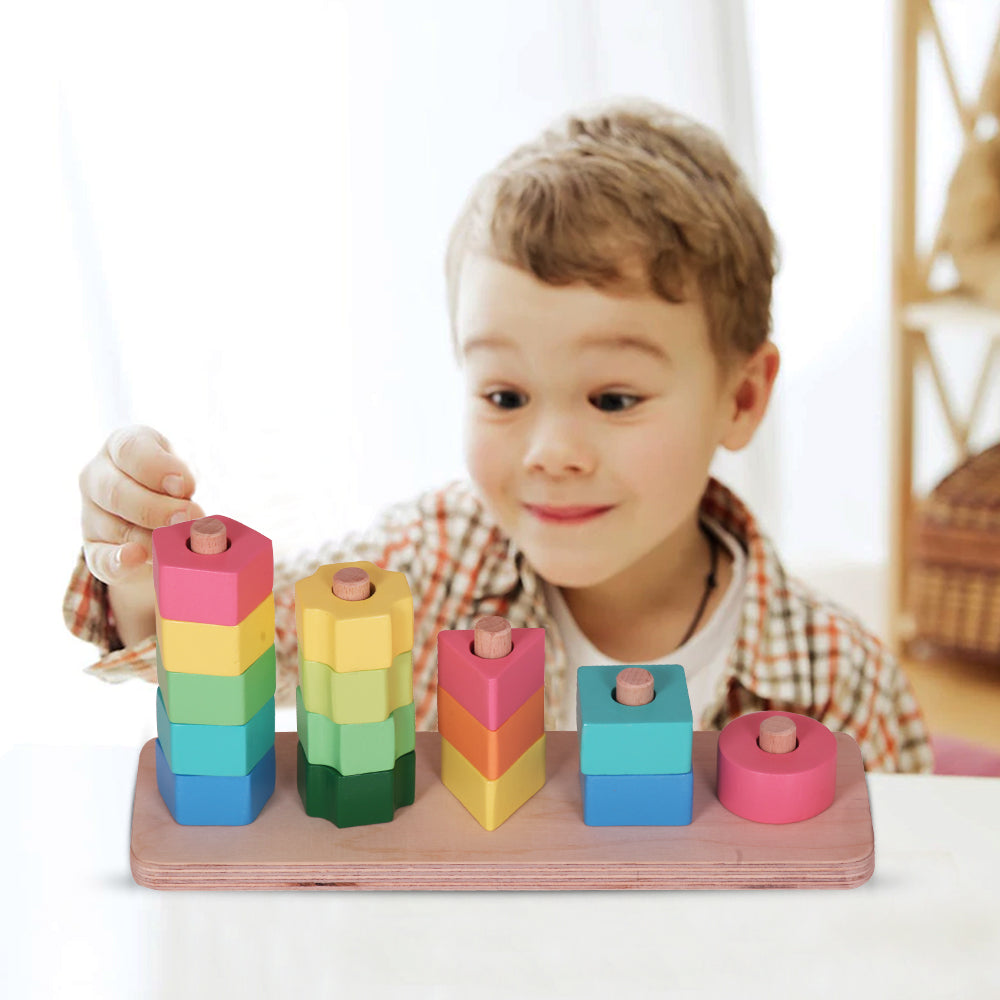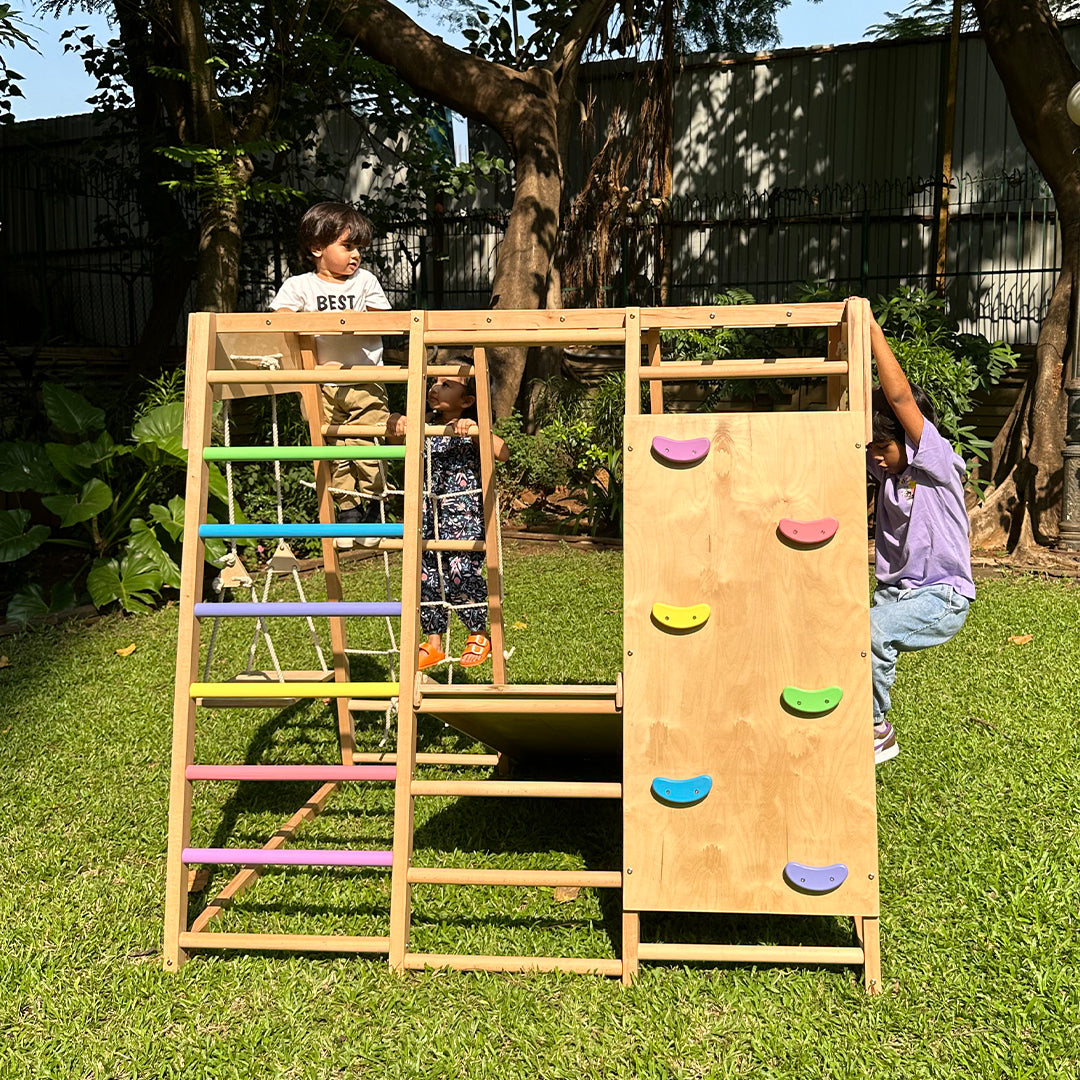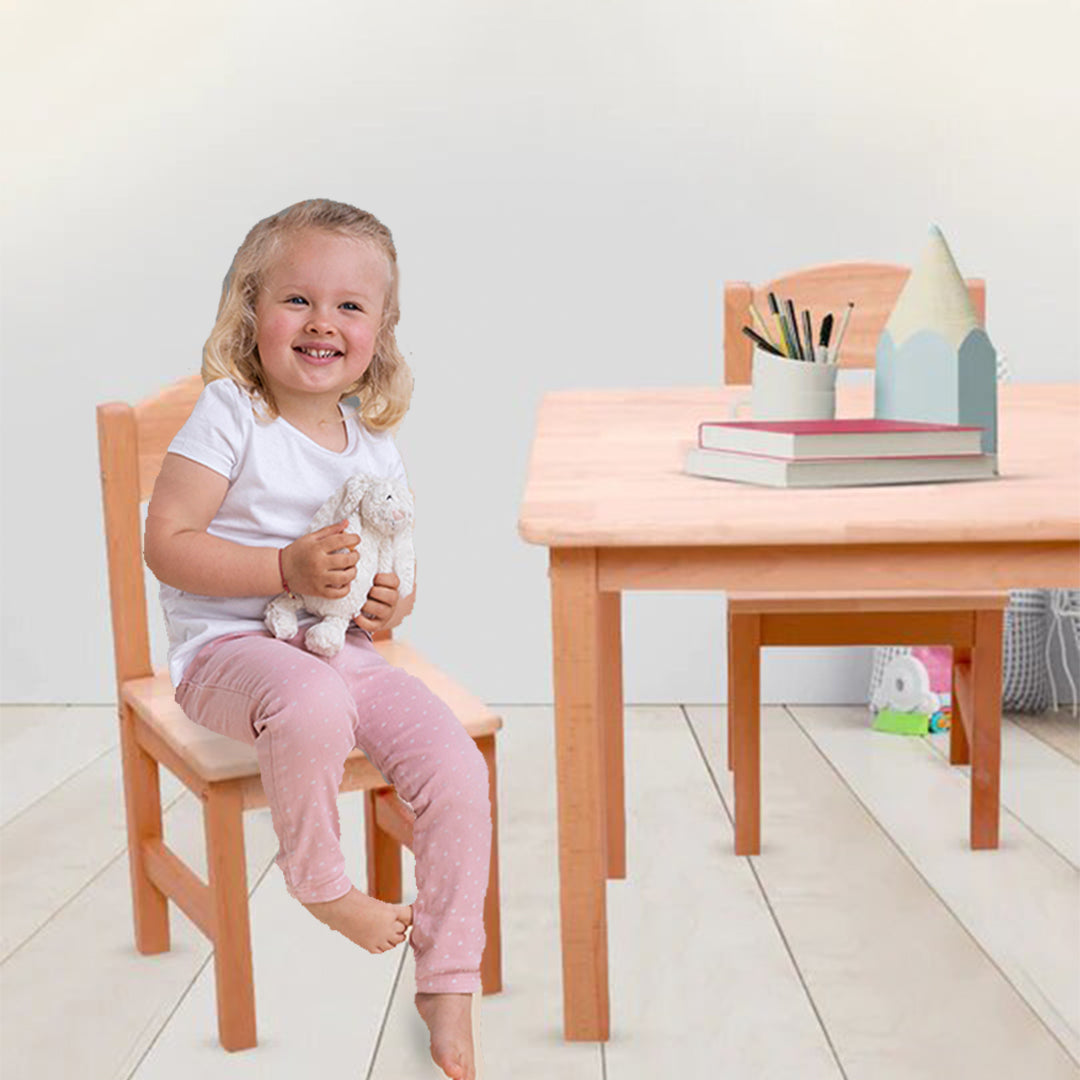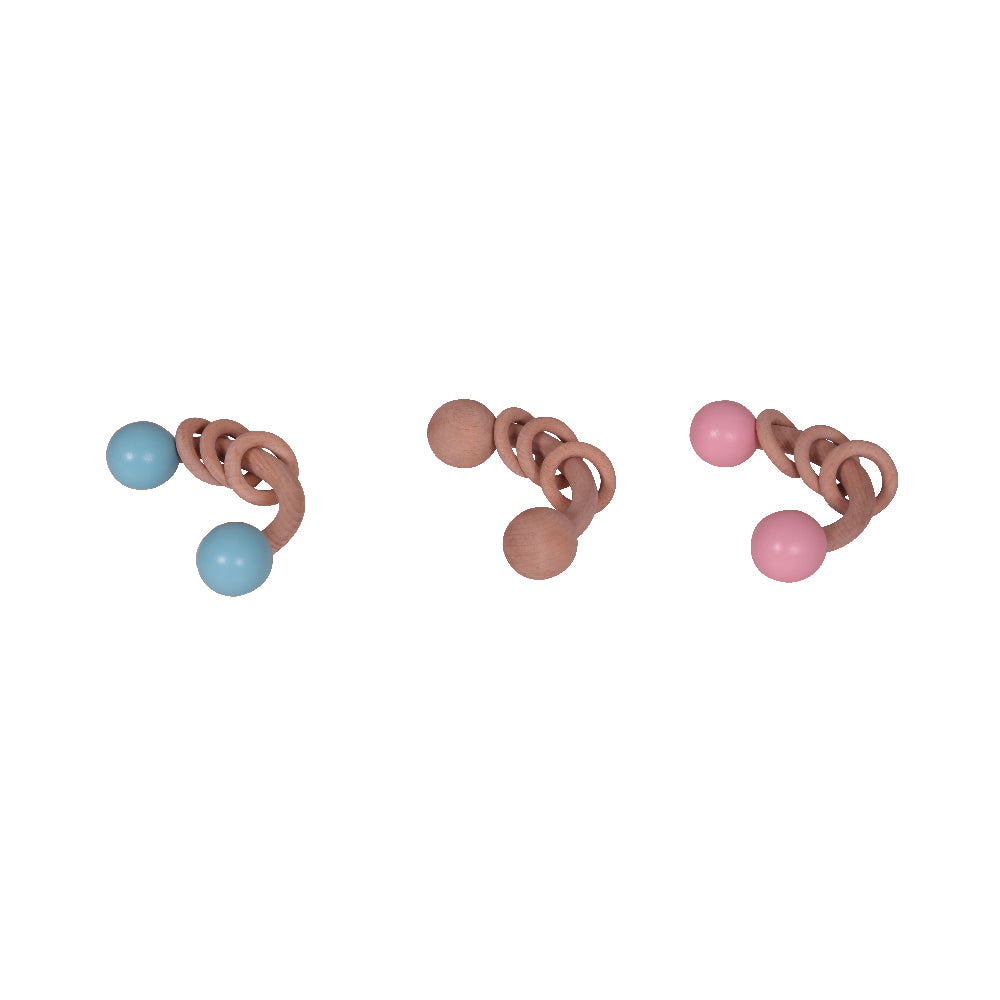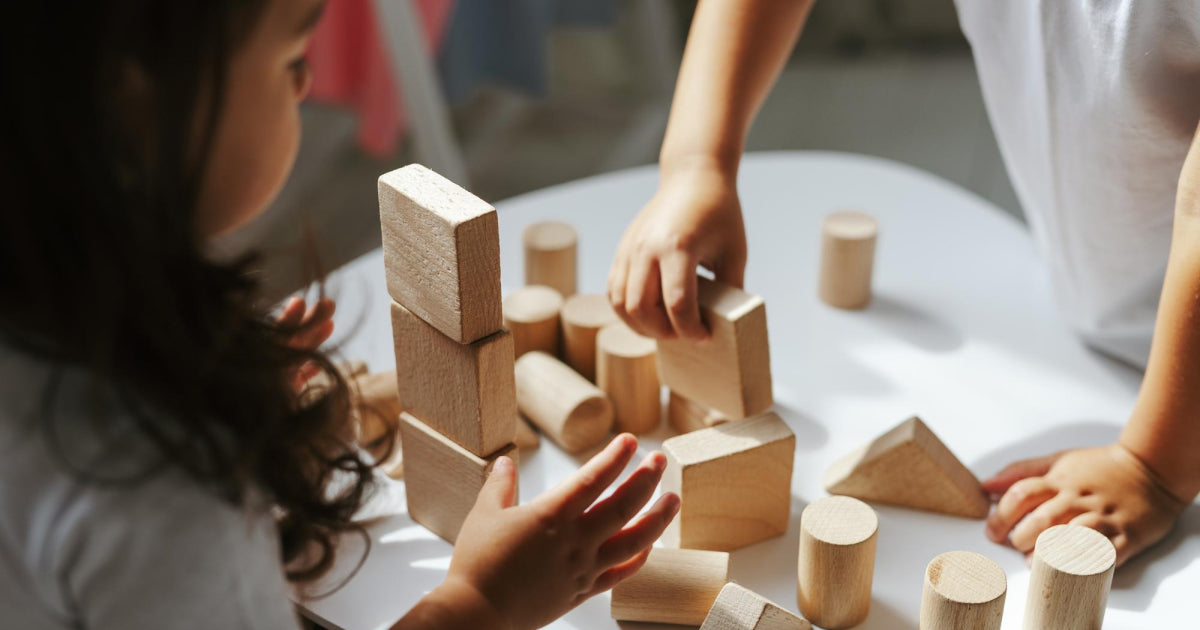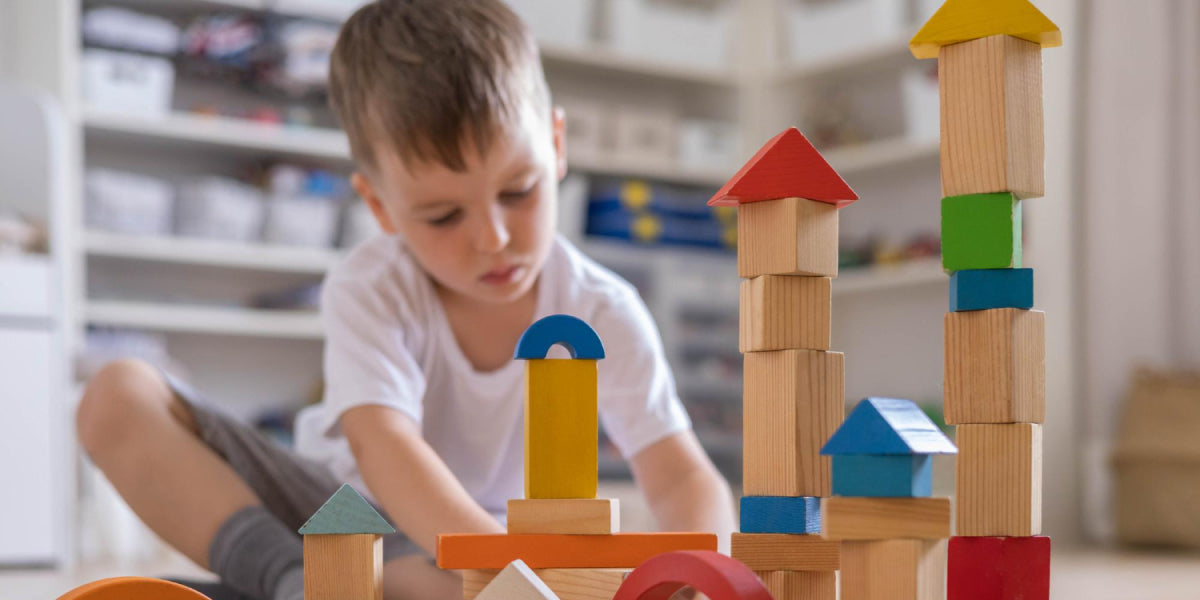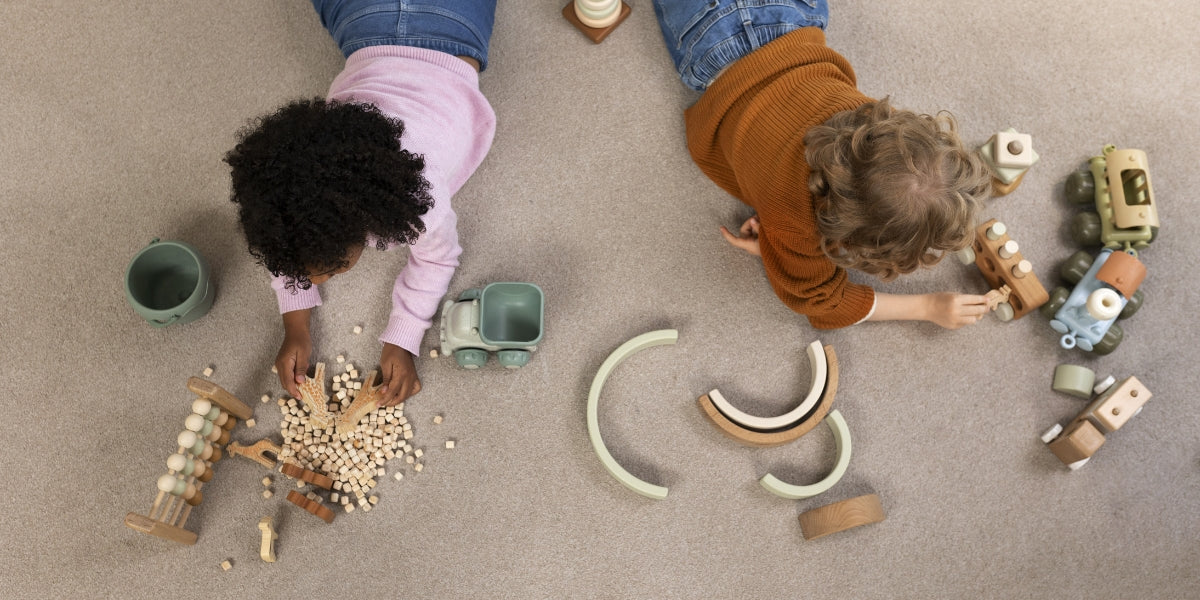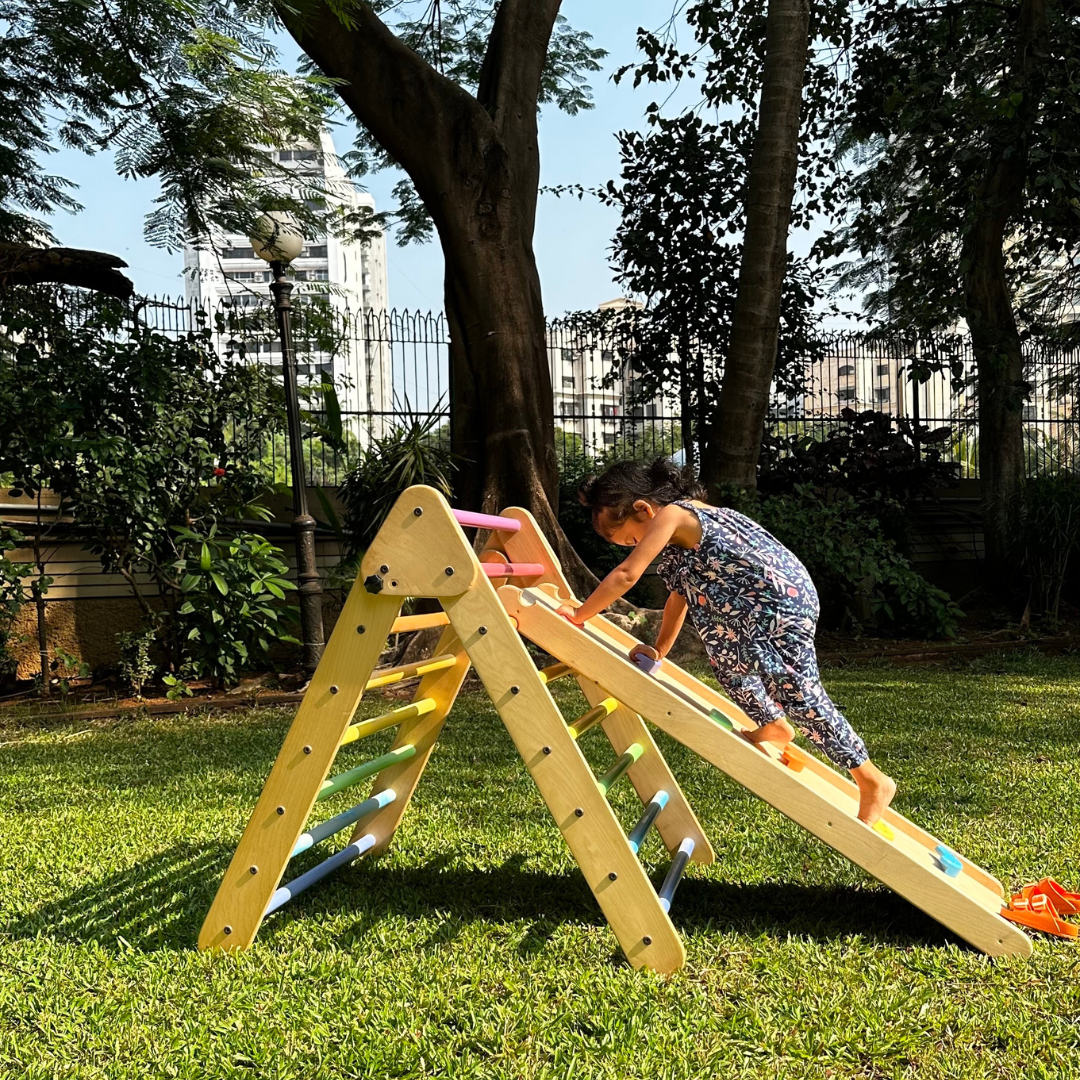When choosing toys for children, parents and caregivers often find themselves comparing different materials. Plastic and wood are two common options, but they come with starkly different attributes. Here's a closer look at why wooden toys are a superior choice in terms of value, sustainability, and developmental benefits.
Disadvantages of Plastic Toys
1. Environmental Impact
Plastic toys have a significant environmental footprint. They are made from non-renewable resources like petroleum, and their production process emits high levels of carbon dioxide. Additionally, plastic toys are non-biodegradable, contributing to long-term pollution when discarded. Many end up in landfills or oceans, causing harm to ecosystems.
2. Short Lifespan
Plastic toys are often mass-produced with a focus on affordability rather than durability. They can easily crack, break, or lose functionality, rendering them useless within a short period. This not only creates waste but also results in frequent replacements, increasing costs over time.
3. Safety Concerns
Some plastic toys may contain harmful chemicals like BPA, phthalates, or lead, especially when they are not manufactured under strict regulations. These substances pose potential health risks to children, particularly those who chew on toys.
4. Overstimulation
Many plastic toys are designed with flashing lights, loud sounds, and complex features. While these can be entertaining, they often overstimulate young minds, leaving little room for creativity or focus. Such toys may distract rather than engage children in meaningful play.
5. Lack of Aesthetic and Sensory Appeal
Plastic toys often feel artificial and lack the tactile warmth of natural materials. Their colors and designs can also appear overly flashy, making them less visually appealing to some.
Advantages of Wooden Toys
1. Sustainability
Wooden toys are an eco-friendly choice. Made from renewable resources, they decompose naturally at the end of their lifecycle. Responsible manufacturers use sustainably sourced wood, ensuring minimal environmental impact.
2. Durability
Wooden toys are incredibly sturdy and designed to last. They can endure rough play without breaking, making them suitable for generations of use. Their longevity often offsets the higher upfront cost.
3. Safety and Non-Toxicity
High-quality wooden toys are typically made with natural materials and finished with non-toxic paints or sealants. This makes them a safer option for young children, especially those prone to mouthing their toys.
4. Encourages Creative and Open-Ended Play
The simplicity of wooden toys fosters imagination and creativity. Unlike plastic toys with predefined functions, wooden blocks, puzzles, and stacking toys allow children to explore, invent, and problem-solve. This type of play is crucial for cognitive and social development.
5. Aesthetic and Tactile Qualities
Wooden toys are known for their timeless design and natural beauty. Their smooth, warm texture provides a pleasing sensory experience, and they often double as charming decor in playrooms and nurseries.
6. Minimalistic and Calming
Without the flashing lights or noisy features of many plastic toys, wooden toys offer a more peaceful play environment. This encourages concentration and mindfulness, helping children focus on the task at hand.
While plastic toys may seem more affordable and readily available, their disadvantages often outweigh their convenience. Wooden toys, on the other hand, provide lasting value, both environmentally and developmentally. They are durable, safe, and encourage imaginative play, making them a thoughtful choice for families who prioritize quality and sustainability.
By choosing wooden toys, parents can contribute to a healthier planet and nurture their child’s creativity and well-being, making it a win-win decision for both the environment and their little ones.

